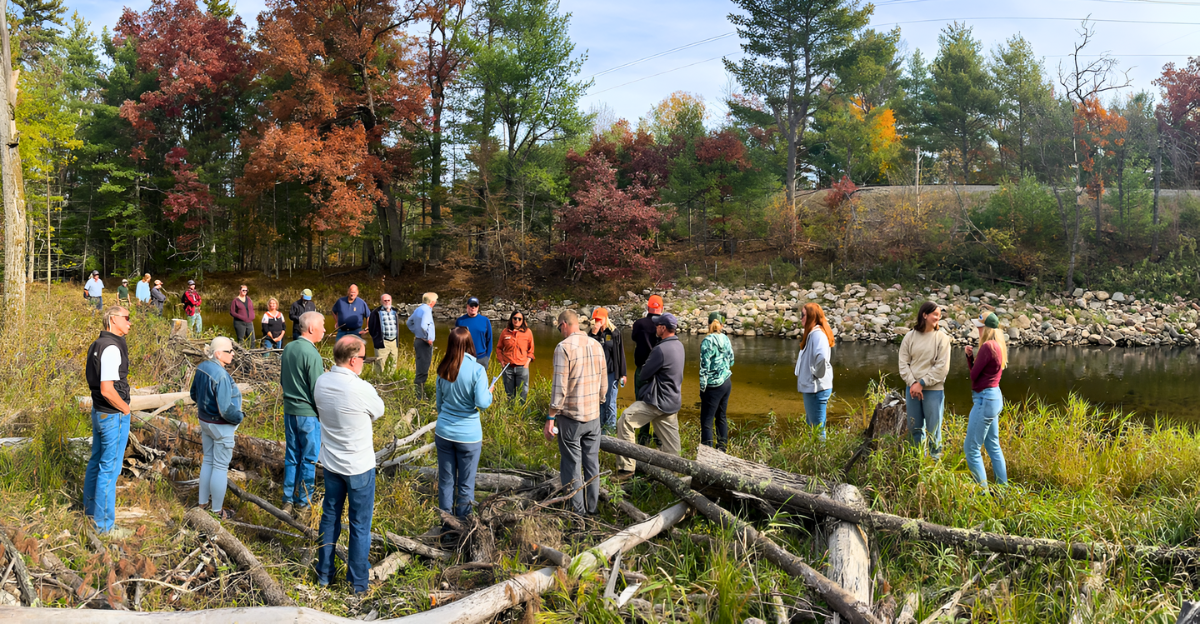
Michigan faces a new ecological challenge with the recent sightings of invasive bugs in Detroit and surrounding areas. These species threaten the state’s rich natural environment and economy by targeting native tree populations critical in erosion control, water quality, and wildlife habitat. Among these invasive species, the spotted lanternfly and the Orsillus maculatus seed bug have drawn attention due to their destructive potential.
The Orsillus maculatus, a rare spore-spreading seed bug, was intercepted at Detroit Metro Airport in early 2025, marking only the third interception in U.S. history. Meanwhile, the spotted lanternfly, already confirmed in Pontiac, Michigan, poses additional risks. Addressing these invasive insects promptly is vital to preserving Michigan’s forests, agricultural interests, and urban environments from long-term damage and economic loss.
The Invasive Bug Identified: Orsillus maculatus
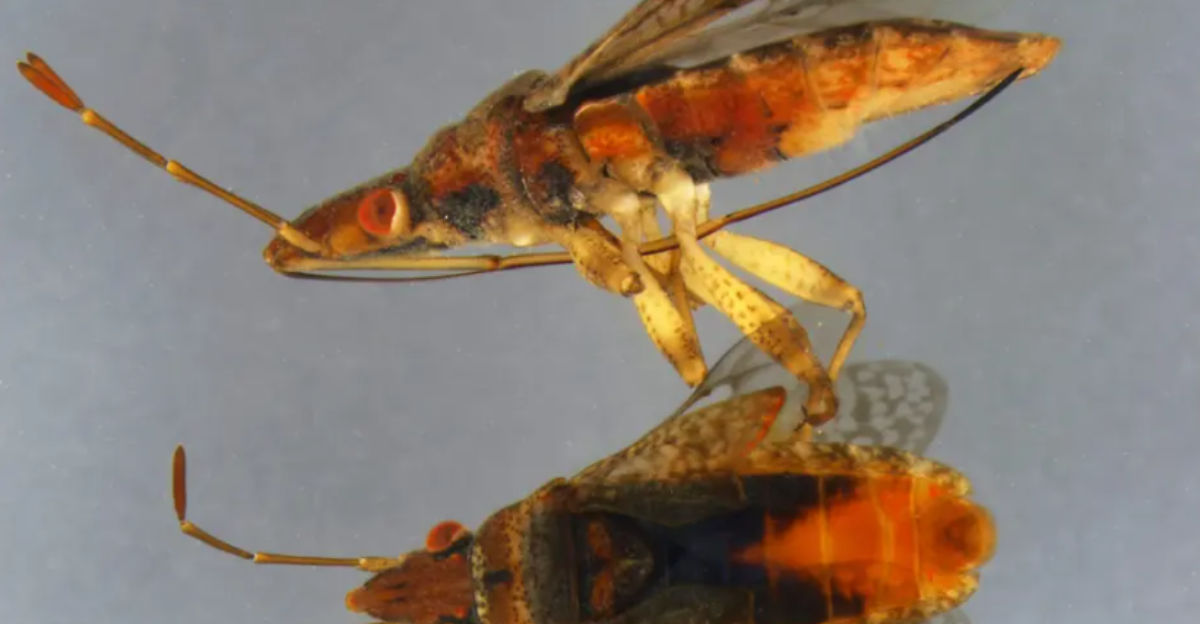
Orsillus maculatus is a half-inch-long seed bug known for feeding on cypress and conifer seeds. Physically, it blends well with tree bark, making detection difficult. This species has a history of rare interceptions in the U.S.: first in Dallas (1998), then in Fort Lauderdale (2018), and most recently in Detroit (2025).
Originating from the Middle East and Mediterranean regions, it has caused notable damage to cypress plantations by feeding on seeds and spreading fungal spores. These spores can infect trees, compounding the ecological threat. The bug’s ability to feed on multiple conifer hosts and spread pathogens makes it a significant invasive pest, especially in Midwest ecosystems where native trees lack genetic resistance to such foreign pests.
How the Bug Arrived and Spread

The Orsillus maculatus seed bug arrived in Michigan primarily by hitchhiking on imported goods, specifically fresh cypress cones from Jordan for medicinal use. These undeclared cones were discovered during a routine inspection at Detroit Metro Airport, a critical entry point for international cargo and passengers.
The bug’s camouflage ability allows it to blend into tree bark, complicating early detection and increasing the risk of unnoticed spread. Without natural predators in Michigan, the bug could establish populations rapidly if it escapes containment. These factors highlight the challenges in preventing invasive species introductions via global trade and travel.
Ecological and Economic Risks to Michigan
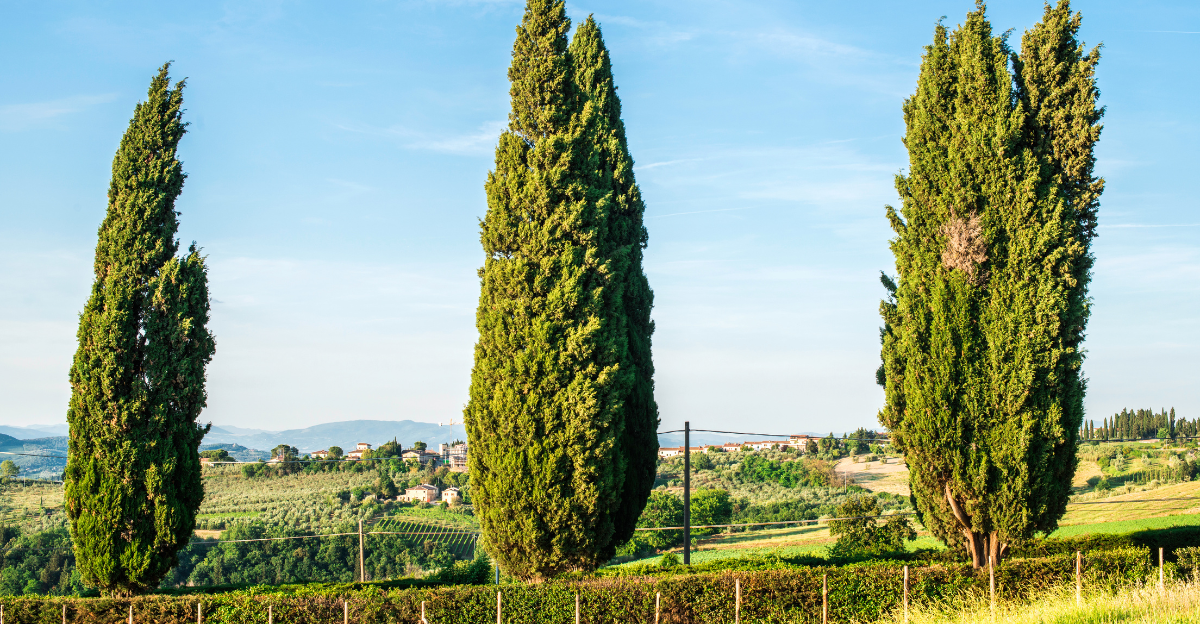
Orsillus maculatus threatens native cypress and conifer species vital for Michigan’s environment. These trees help reduce erosion, improve water quality, and provide habitat for wildlife. Economically, they support timber and ornamental industries. The bug’s feeding damages seeds, reducing tree regeneration and plantation health.
Additionally, it carries fungal spores that can spread tree diseases, worsening the impact. The Midwest’s native trees have low resistance to such pests and pathogens, raising concerns about long-term forest health, biodiversity loss, and economic costs related to timber and landscaping industries.
The Spotted Lanternfly: Another Invader to Watch
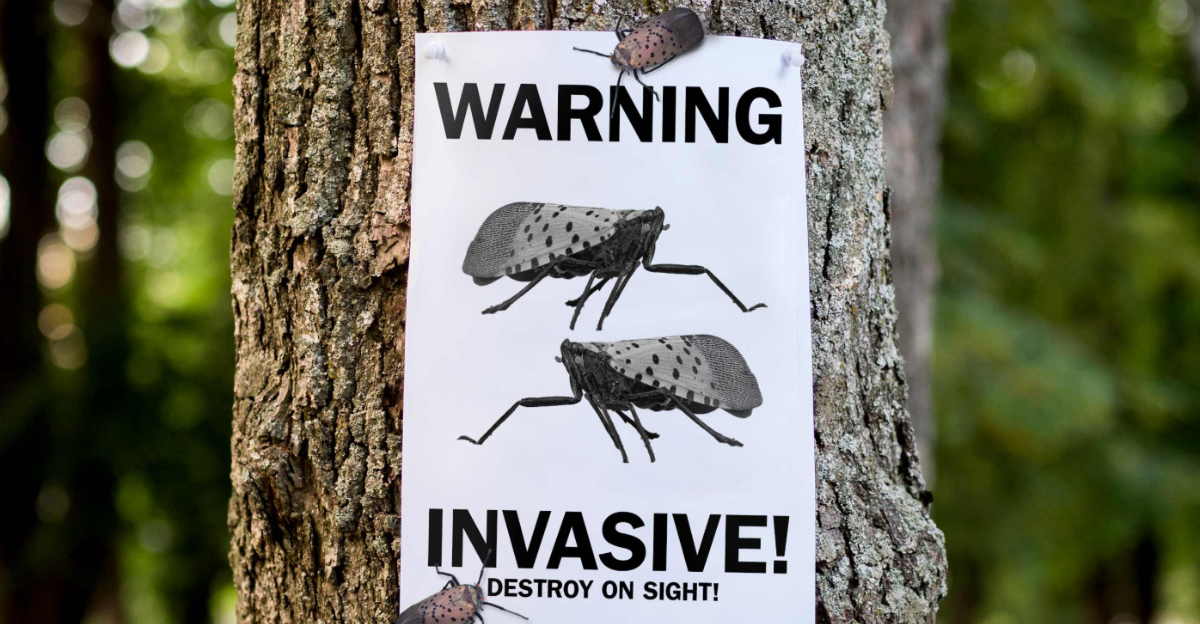
The spotted lanternfly, another invasive insect, has established a confirmed population in Pontiac, Michigan. This pest prefers the invasive tree of heaven but can damage many plants, including grapes and hardwoods. Michigan’s Department of Agriculture runs a public awareness campaign, “See it. Squish it. Report it.” encouraging residents to identify and report sightings.
Management efforts focus on controlling the Tree of Heaven to limit lanternfly spread. The lanternfly’s presence adds urgency to invasive species monitoring and control in Michigan’s urban and rural landscapes.
Climate Change and Invasive Bugs: A Growing Problem
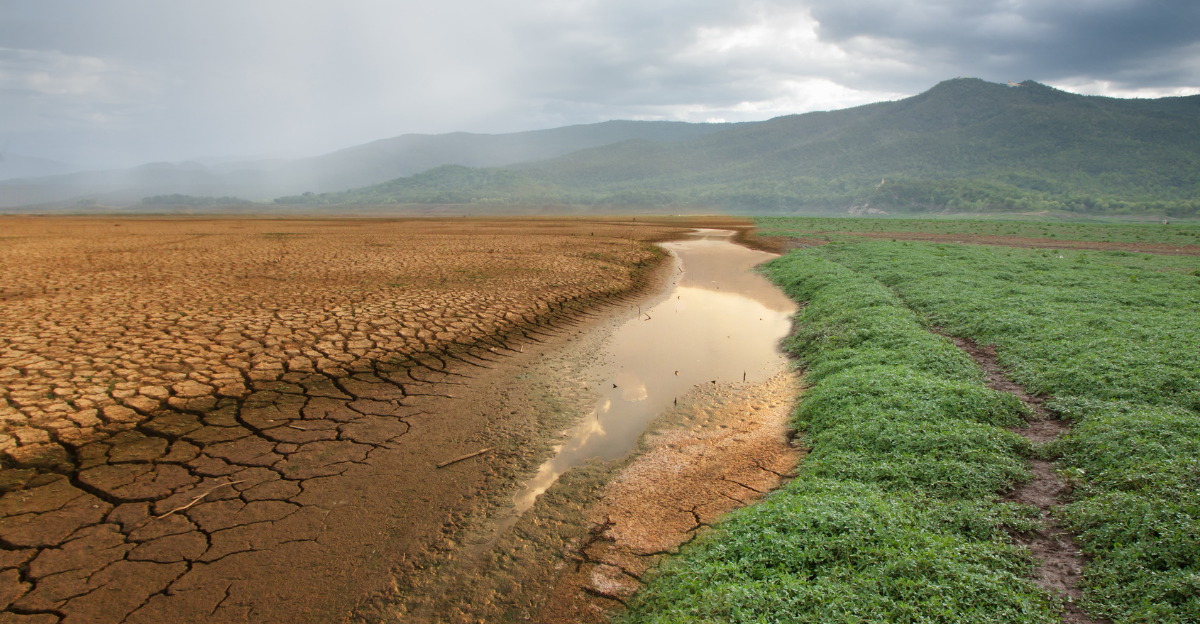
Climate change exacerbates invasive bug problems in Michigan. Studies predict that warming temperatures will expand the habitat range and increase populations of invasive stink bugs. This growth threatens crops and native plants by intensifying feeding damage and reproduction rates.
Climate factors influence invasive species dynamics, making Michigan more vulnerable to pests like Orsillus maculatus and the spotted lanternfly. These changes underscore the need for adaptive management strategies that consider future climate scenarios to protect agriculture and ecosystems.
Unexpected Intersections: Agriculture, Urban Areas, and Public Health

Invasive bugs impact multiple sectors in Michigan: agricultural areas, especially vineyards in Lower Michigan, face crop damage from pests like the spotted lanternfly. Urban areas experience nuisance invasions, such as Asian lady beetles entering homes in large numbers, causing discomfort and increased pest control costs.
These insects can indirectly affect public health by raising pest management challenges and potentially spreading allergens or pathogens. The intersection of agriculture, urban living, and public health highlights the broad societal implications of invasive bugs beyond ecological damage.
Contrarian Viewpoints and Management Challenges

Some experts suggest natural predators might eventually control invasive bug populations, offering a hopeful but uncertain outlook. Early detection and eradication remain difficult due to bugs’ camouflage and mobility. Chemical treatments pose environmental risks, requiring careful balancing between pest control and ecosystem safety.
These challenges complicate management efforts, emphasizing the need for integrated pest management approaches and ongoing research to develop effective, sustainable solutions.
Case Studies and Lessons from Other Regions

Invasive bug outbreaks in Europe, New York City, and the Jersey Shore provide valuable lessons. Europe has seen significant cypress damage from Orsillus maculatus, while New York and New Jersey grapple with spotted lanternfly infestations. Some management strategies, such as targeted pesticide use and public engagement, have succeeded, while others failed due to late detection or insufficient coordination.
Michigan can leverage these experiences to enhance early detection, rapid response, and community involvement to mitigate invasive bug impacts effectively.
Community Role and Future Outlook
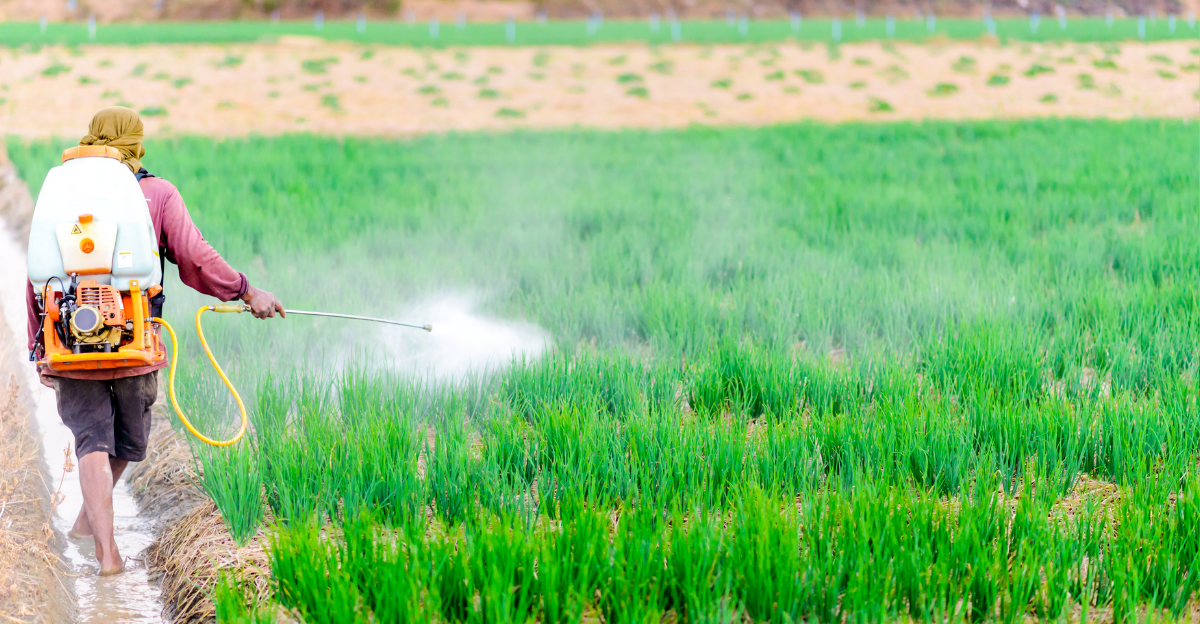
Michigan’s ecosystem health depends on vigilant public reporting of invasive bug sightings and strong collaboration among government agencies, researchers, and citizens. Proactive measures, including inspections, public education, and integrated pest management, are essential to prevent establishment and spread.
While challenges remain, continued awareness and coordinated action offer hope for protecting Michigan’s native forests, agriculture, and urban environments from invasive bug threats. The future outlook hinges on sustained commitment to early intervention and ecosystem stewardship.
Explore more of our trending stories and hit Follow to keep them coming to your feed!

Don’t miss out on more stories like this! Hit the Follow button at the top of this article to stay updated with the latest news. Share your thoughts in the comments—we’d love to hear from you!







